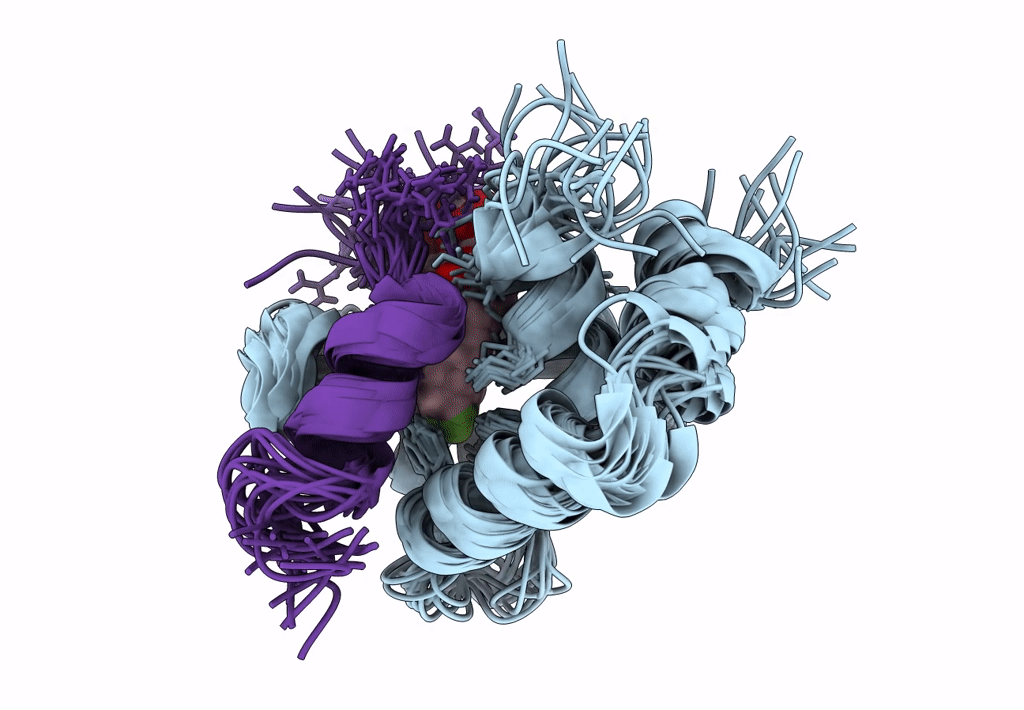
Deposition Date
2010-08-03
Release Date
2010-08-18
Last Version Date
2024-05-01
Entry Detail
PDB ID:
2L1R
Keywords:
Title:
The structure of the calcium-sensitizer, dfbp-o, in complex with the N-domain of troponin C and the switch region of troponin I
Biological Source:
Source Organism:
Homo sapiens (Taxon ID: 9606)
Host Organism:
Method Details:
Experimental Method:
Conformers Calculated:
200
Conformers Submitted:
20
Selection Criteria:
structures with the least restraint violations


